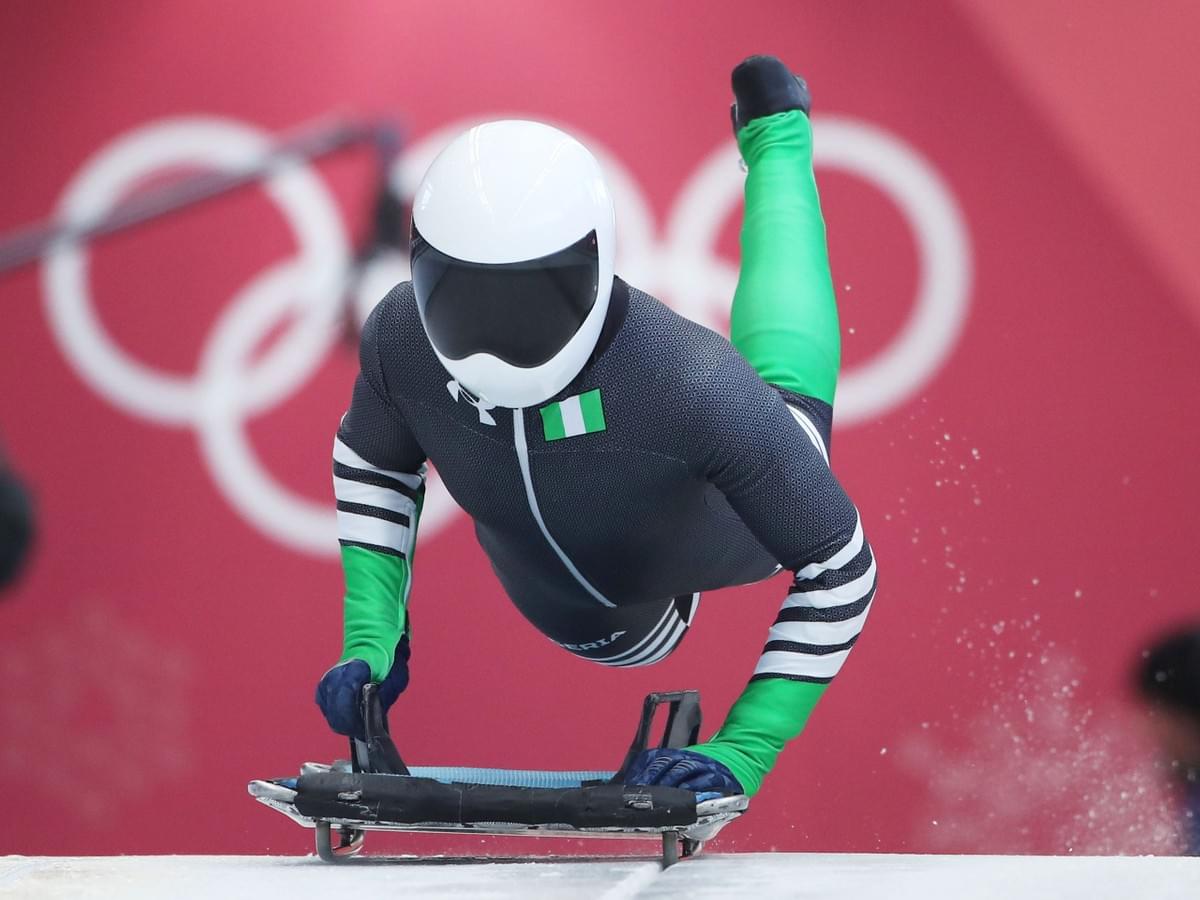
Skeleton sledding, winter sport in which the skeleton sled, consisting of steel runners attached to a platform chassis, is ridden in the headfirst prone position. 카지노사이트위키 Skeleton sledding competitions are usually held on the same courses used for bobsled contests. It is a dangerous and thrilling sport where riders, whose faces are only inches above the icy course, get speeds in excess of 129 km (80 miles) per hour.
In 1892, the public was presented with a steel sled - a skeleton. It is generally accepted that it got such a name because of its similarity to the plot. For the first time, sliding in the new type of sled was demonstrated at bobsleigh competitions in 1905, and the following year skeleton competitions were held.
Skeleton is a sliding sport in which a rider rides a small sled on ice tracks by lying down on the sled keeping the head first. Skeleton is part of the Winter Olympic Games. The sport is said to have originated in the 19th century in St. Louis. Moritz, Switzerland. In 1905, the first skeleton competition outside Switzerland took place in Styria, Austria. Until then, it was conducted mainly in Switzerland. It is believed that the sport was named so because of the appearance of the sled. Skeleton’s global governing body is the International Bobsleigh and Skeleton Federation (Fédération Internationale de Bobsleigh et de Tobogganing (FIBT).
While the skeleton will be new to most of us, an earlier version of the event actually made Olympic appearances in 1928 and 1948. In fact, it is actually the oldest sliding event, a true forerunner of the more popular bobsleigh. and luge.
The sled used in the FIBT competition consists of a riding board and a steel frame to which two steel runners are attached. The two handles on the sled assist the rider in pushing the sled at the start, and the bumpers on the sides provide protection from hard track shaking. The sled has no steering mechanism or brakes and is controlled by dragging the rider on the ice and gently moving his weight. The rider wore a helmet with a chin guard, gloves, aerodynamic bodysuit, and spiked shoes. In international competition each athlete makes two runs; the final standings are based on cumulative time.
Rules of Skeleton
The athlete must race on the skeleton from the mountain to maximum speed, holding it with one hand. When the maximum acceleration speed is reached, he should quickly lie down on the sled. The countdown will start from the moment the skeleton crosses the beam of the chronometer, located at a distance of 15 meters from the start. Next, the athlete slides on the track, controlling the skeleton with the help of body movements or special shoes. The winner in a plot competition is determined by the sum of two or four races.
